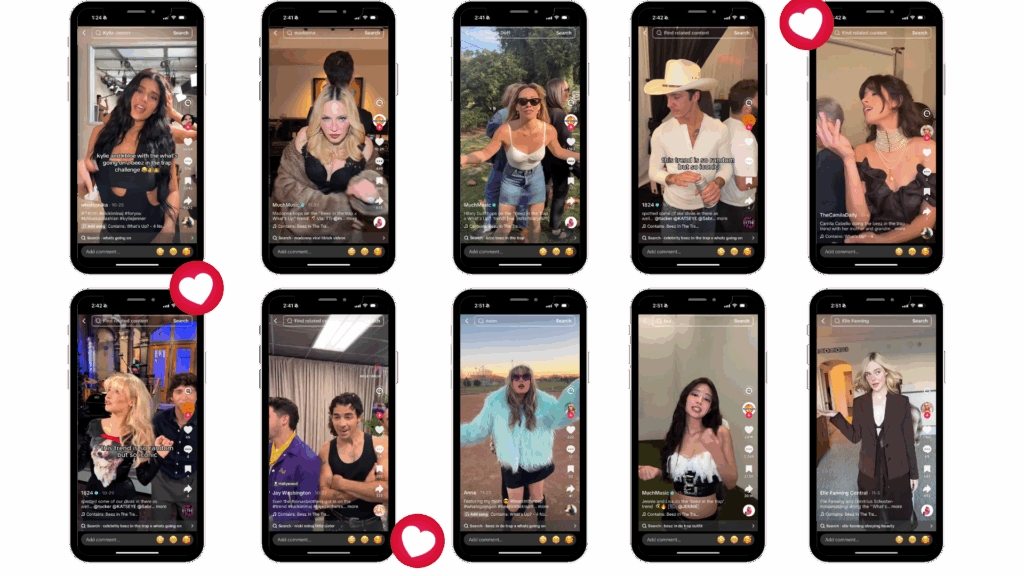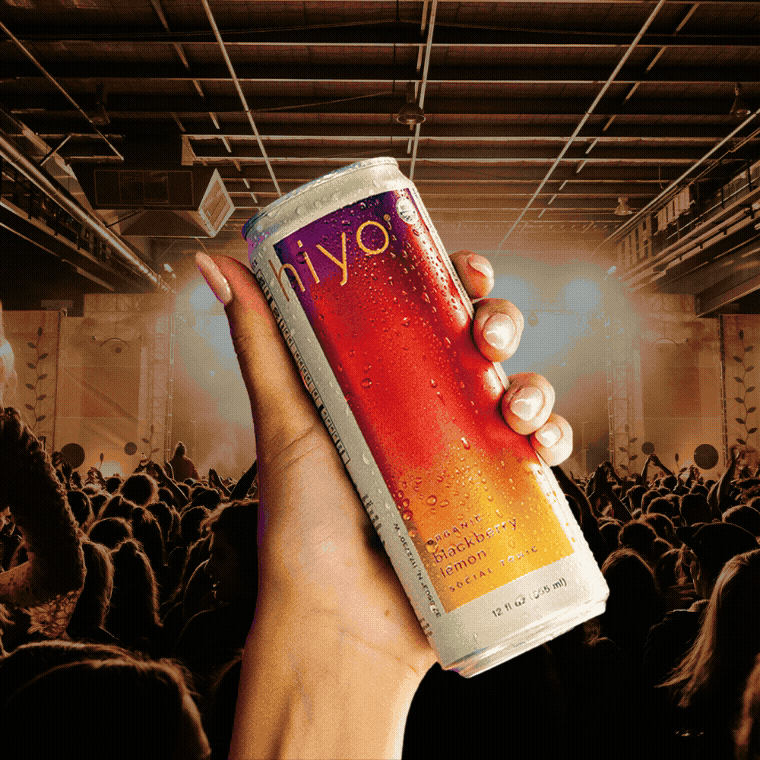How Latin Music Is Shaping a Global Cultural Movement
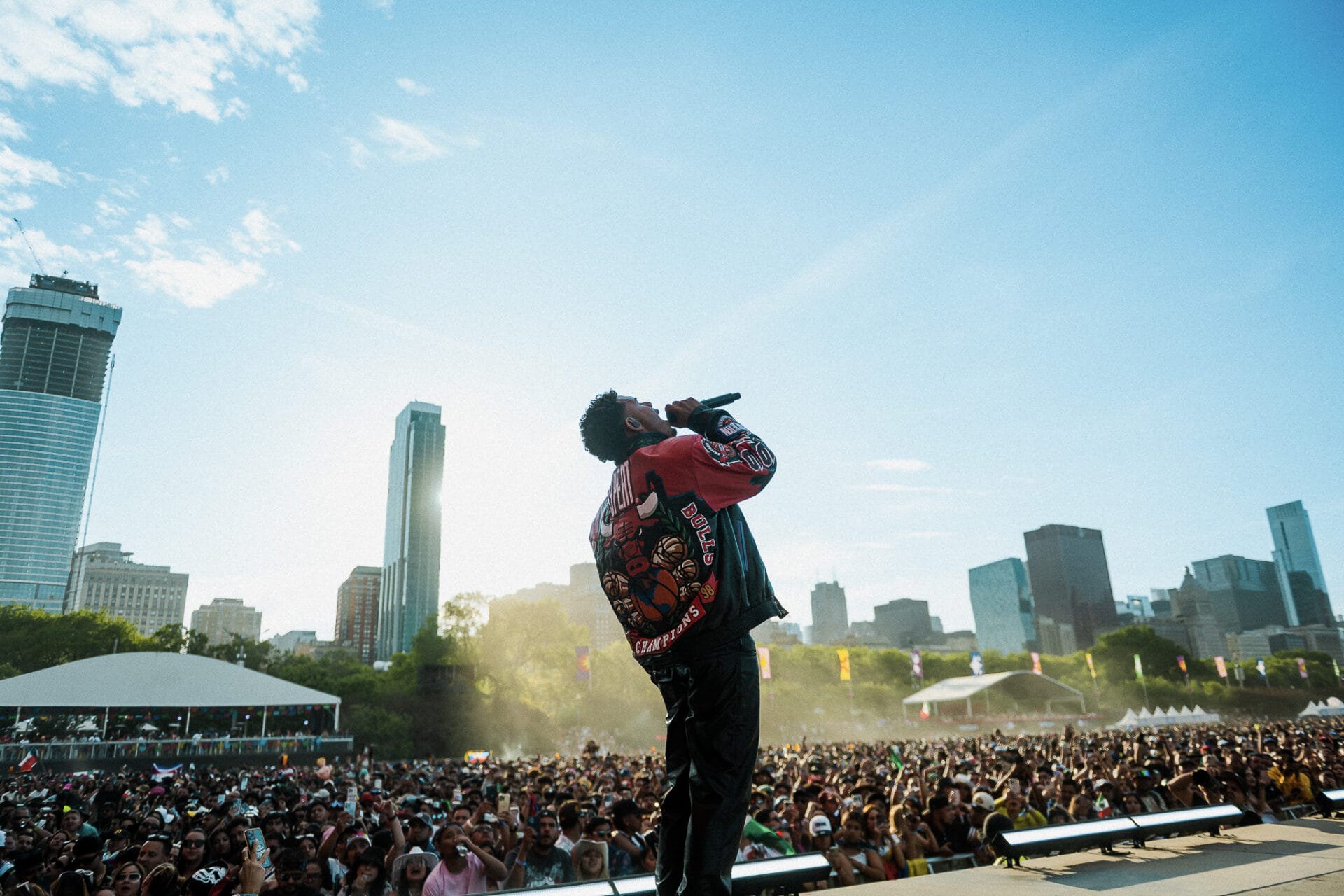
Juan Nunez from Live Nation’s Media & Sponsorship team sat down with Hans Schafer, Live Nation’s SVP of Global Touring, to discuss the global phenomenon of Latin music and the passionate fandom driving its massive success.
From streaming and social media to the genre’s growing diversity, Hans explores how Latin artists continue to captivate audiences worldwide and what this means for brands looking to connect with fans through this powerful cultural movement.
Juan Nunez (JN): Latin music has become a global sensation, with Latin artists like Eden Munoz and Alejandro Fernandez headlining major festivals, and superstars like Karol G and Shakira selling out shows worldwide. What’s driving this massive cultural shift and the success of Latin artists in markets outside of Latin America?
Hans Schafer (HS): Today, we see an explosion of the groundwork many have laid out for years. This shift is not new, although the rapid pace at which Latin artists are conquering and appealing to a broader audience worldwide is. Many factors play into this, but digital streaming, as well as social media, has been one factor that has made an enormous impact. Fans from all over are discovering these artists in real-time, falling in love with their music, and building a connection. It’s not just about the language barrier anymore; Latin music speaks to a universal feeling, and that’s resonating globally.

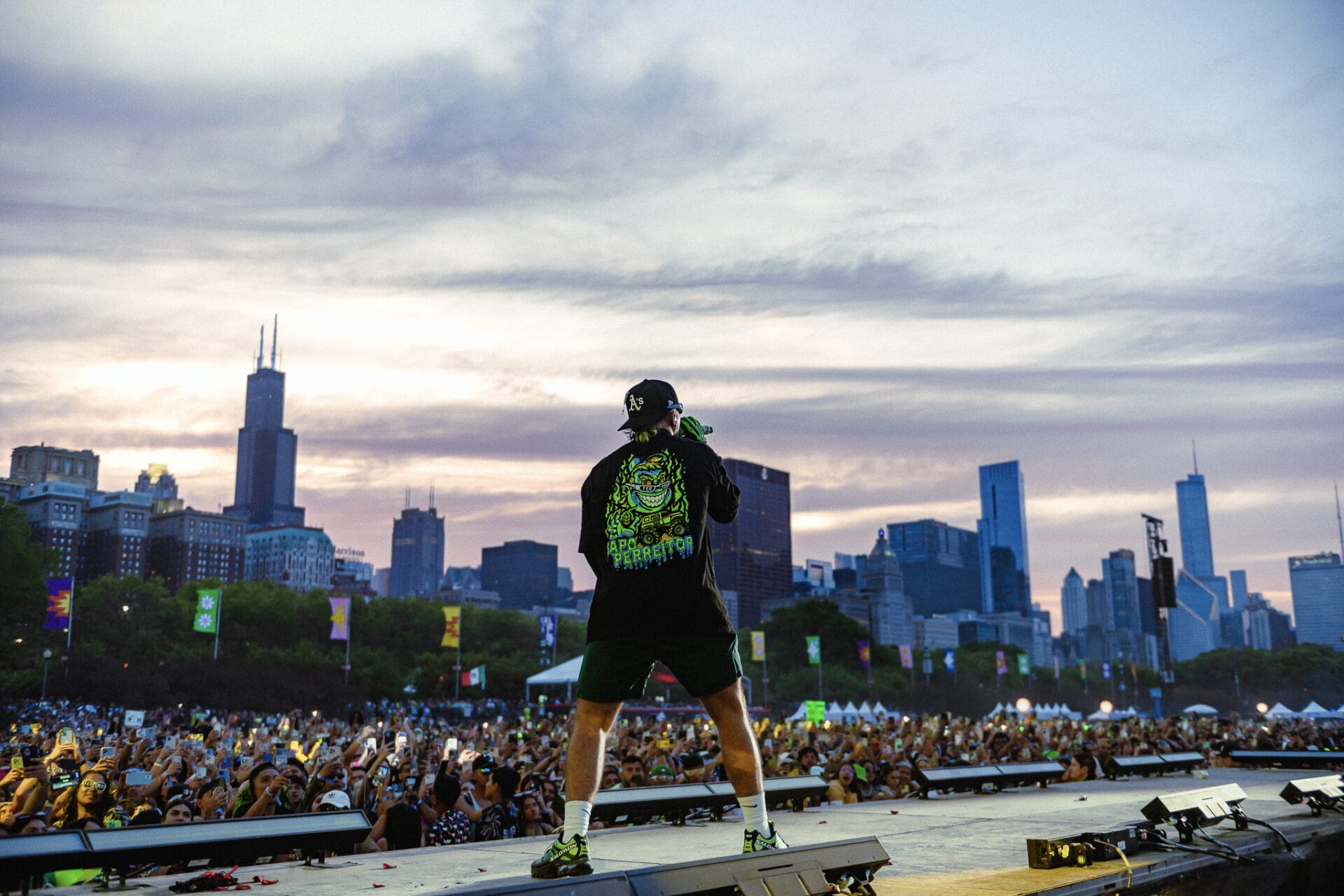
JN: You’ve mentioned how Latin is not a genre but a categorization of music performed in Spanish. It is multifaceted and filled with diverse genres, from reggaeton and regional Mexican to Latin trap, cumbia, salsa, and more. Tell us more about the role genre diversity plays in the success of Latin tours globally. Are there any genres leading the way right now?
HS: Absolutely. When we talk about Latin music, we’re really talking about a vast, diverse collection of genres. It includes everything from reggaeton and Latin trap to cumbia, salsa, regional Mexican, and even hip-hop. This diversity is key to its global success. Artists like Karol G, Bad Bunny, and Peso Pluma are prime examples of musicians who cross multiple genres and aren’t boxed in by one sound. It’s this versatility that appeals to such a broad range of fans.
95% of Gen Z live music fans like artists who blend various genres together.

JN: For the first time, we’re seeing more non-Spanish-speaking fans embrace Spanish-language music. Latin artists no longer need to cross over and release music in English to reach new audiences like they did in the past. How does Latin music foster a greater global appreciation for Latin culture and artists?
HS: Latin music is an embodiment of Latin culture. These artists are proud of their roots, and they embrace their cultural identities with a passion that resonates with fans everywhere. Whether it’s through their music, visuals, or performances, they showcase their heritage and make it accessible to a global audience. Artists like Karol G and Bad Bunny don’t feel the need to switch to English; they perform in Spanish and still sell out stadiums around the world. That pride and authenticity are what resonate with people, even if they don’t speak the language. The music, the visuals, and the stories they tell foster a deep appreciation for Latin culture.

JN: As Latin communities expand within the U.S. and globally, they’re making a huge impact on the music industry, driving demand for Latin music to new heights. With Latin artists now headlining arenas, festivals and stadiums worldwide, how do you see their fanbases evolving in regions where Latin music was once less popular, like the U.S., Canada, Europe and Asia?
HS: In the U.S., Latin music has always had a strong presence, especially in regions with large Hispanic communities. But now we’re seeing Latin music cross over into mainstream culture like never before. First-generation Latinx Americans are embracing their heritage while mixing it with their local influences, and that blend is giving birth to entirely new sounds, like corridos tumbados or música belica, which have strong hip-hop influences. Artists like Kali Uchis, who is Latin but broke through the general market, are also helping to drive that crossover appeal.
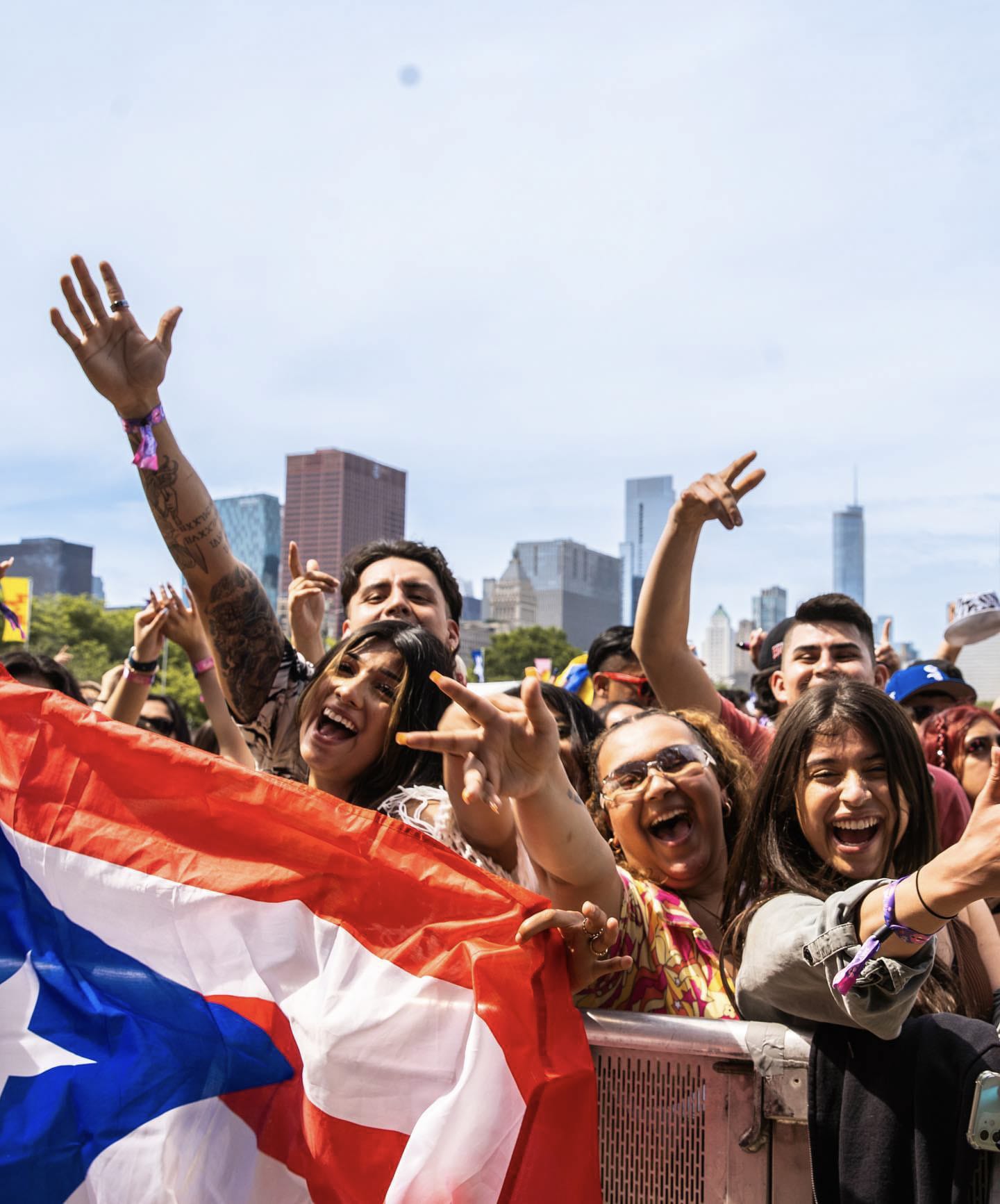
JN: Hispanic Heritage Month is a great chance for brands to highlight the impact of Latin culture, and music is at its center. But the celebration shouldn’t stop after the month ends. What’s one piece of advice you’d give marketers who want to turn this spotlight into ongoing support and create year-round opportunities for connection with Latin artists and fans?
HS: Latin music and culture have massive consumer power, not just during Hispanic Heritage Month but year-round. Fans of Latin music are some of the most loyal and passionate out there. Brands that want to build long-term relationships with this audience need to engage authentically and continuously, not just as part of a cultural celebration. Music is at the top of the list of passion points for this community, so the key is to tie that into brand storytelling. By showing real, ongoing support for Latin artists and the community, brands can foster deeper connections and build loyalty over time. Don’t make it a one-off event; make it part of your brand’s DNA.
Ready to feel the energy of Latin music? Check out La Onda’s festival debut for a glimpse into the excitement!
